Over the past year, the US and the West have joined forces to impose a series of tough sanctions related to the Ukraine conflict, aiming to weaken Russia's economic potential. However, they still have to rely heavily on Russia for essential fuel to revive nuclear energy.
Nuclear power used to account for nearly 25% of Europe's electricity supply and 20% of the US's electricity, but over the past few decades it has gradually been abandoned because operating nuclear reactors is too expensive and potentially risky. However, the imposition of a series of sanctions on Russia related to the Ukraine conflict, as well as climate change, has plunged the West into a serious energy crisis, forcing them to find a stable energy supply to cope. Nuclear power is considered a promising, effective and low-cost solution to solve this problem.
Ironically, however, Russia is holding on to something that many other countries want: nuclear fuel, enriched uranium. This is the crucial raw material that the US and the West desperately need to revive their nuclear power.
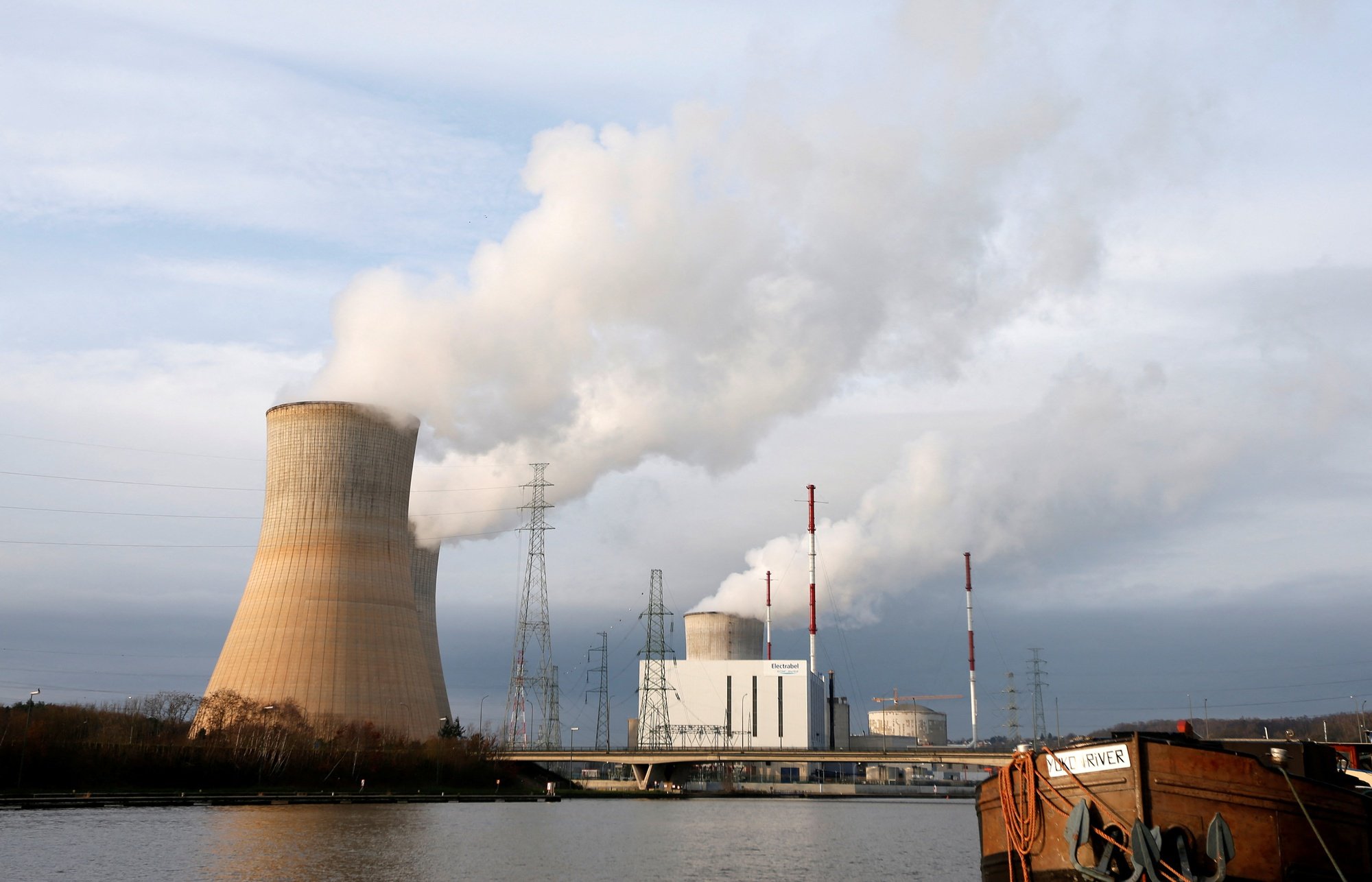
Nuclear power plant in Tihange, Belgium
Great dependence
Uranium enrichment is a highly specialized process and can only be carried out in a handful of countries such as Russia, France, China, Canada. Of these, Russia has the world's largest uranium reserves, has the most necessary infrastructure for the conversion process and excels at converting it into enriched uranium, which can then be used as nuclear fuel. Therefore, Russia produces nuclear fuel not only to meet domestic needs but also for export.
Nuclear fuel is one of the few Russian goods not subject to sanctions related to the conflict in Ukraine. In 1993, the US and Russia signed an agreement called the "Megatons to Megawatts" program that both reduced the number of Soviet-era nuclear warheads and helped Moscow make money. Accordingly, Russia converted 500 tons of weapons-grade uranium into 15,000 tons of low-enriched uranium, then sold it to the US for nuclear fuel. The program reduced Russia's arsenal of more than 20,000 nuclear warheads and provided the US with fuel to create a cleaner and cheaper form of energy. It is considered the world's most successful disarmament program.
However, the program made Russian uranium so cheap that other suppliers could not compete and forced US and European nuclear fuel companies to scale back. Russia became the world's largest supplier of enriched uranium, accounting for nearly half of the global supply. Before the program ended in 2013, Russian suppliers signed new contracts with private US companies to supply fuel outside the government-to-government program through Rosatom, a state-owned nuclear energy corporation established in 2007 and made up of various agencies and organizations in the Russian nuclear power industry.
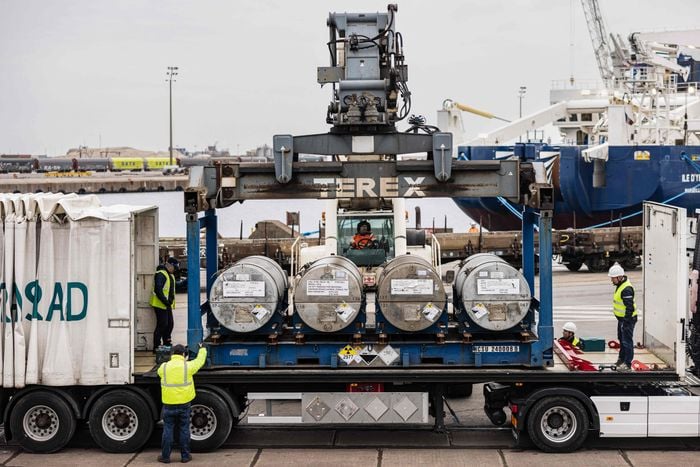
Trucks carrying Russian uranium tanks in Dunkirk, France
Newsweek magazine on May 11 quoted Mr. Steven Nesbit, former President of the American Nuclear Association, saying that although the US can be self-sufficient in manufacturing and processing uranium, their ability to convert and enrich uranium is another matter. Russia's Rosatom Corporation is currently a major nuclear fuel supplier, holding a significant market share in the world market. In 2022, Rosatom provided up to a quarter of the US's nuclear fuel with a value of up to 1 billion USD.
Currently, in the context of the energy crisis that has not ended yet, the situation of climate change is increasingly complicated, the need for a form of clean, cheap energy is more urgent than ever. The pressure to increase uranium enrichment capacity is increasing, especially in the context of American and European investors promoting a new generation of nuclear reactors that are considered safer and more environmentally friendly, but they need a special type of fuel that Russia's Rosatom is currently the only supplier.
Reviving nuclear energy
Nuclear fuel is experiencing a resurgence as the world grapples with the impacts and growing concerns of climate change and the massive impacts of global geopolitical upheavals. Nuclear energy is emissions-free and the world’s second-largest source of low-carbon electricity after hydropower, according to the US Department of Energy’s Office of Nuclear Energy.
Nuclear power is making a comeback with the US and Europe building new reactors, according to The Wall Street Journal .
In the US, according to a recent survey by the analysis and consulting company Gallup, Americans now support nuclear power technology more than at any time in the past decade. The acquisition of Westinghouse (which has had to change owners for many years due to market fluctuations and nuclear power accidents in Chernobyl or Fukushima) for $8 billion in October 2022 by a group of American investors is considered a "bet" on the revival of nuclear energy. Recently, Westinghouse said it is planning to build a series of large-scale nuclear reactors at a cost of about $1 billion each.
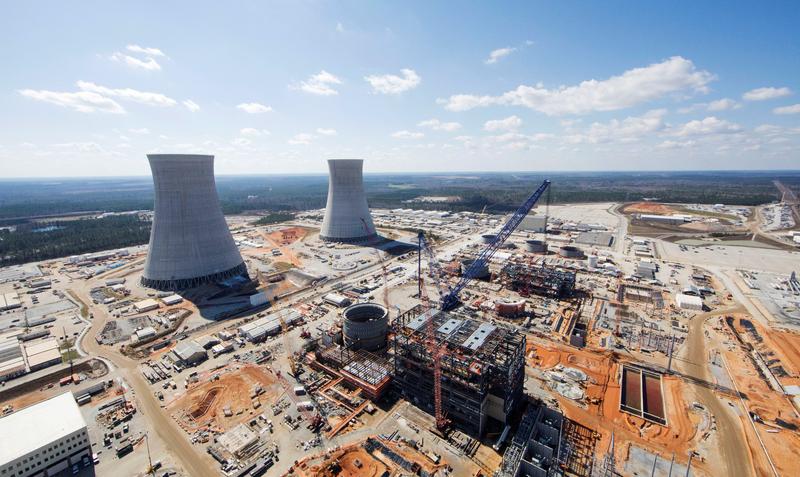
Reactors being built by Westinghouse in Georgia, USA in 2017
In March, a nuclear reactor in Georgia also took its first steps toward commercial electricity production. Another reactor at the facility is expected to come online next year.
Meanwhile, Jeff Navin, director of external affairs for TerraPower, which plans to build its first reactor in Wyoming, said it needs Russian nuclear fuel to power the reactor now or else it will have to wait for a “miracle solution” from another country. Navin stressed that the US is paying the price for years of neglecting to build a domestic nuclear fuel supply chain.
Currently, the US has two uranium production facilities, one of which is owned by Urenco Corporation, based in Eunice, New Mexico. Urenco said it is spending about $200 million to increase capacity and could spend more if the US blocks uranium supplies from Russia. However, what Urenco needs is a firm guarantee from the government that there is demand for uranium. Kirk Schnoebelen, Urenco's sales director, worries that in the next few years, cheap Russian uranium will flood the world market, causing prices to fall and putting the company in dire straits. They had a painful experience in the 1990s due to the impact of the "Megaton to Megawatt" program, so the dark memory makes Urenco's board of directors still hesitant to invest billions of dollars in this field.
Currently, the US bipartisan bill is also pushing for a ban on the use of Russian uranium, building a national uranium reserve, boosting domestic production capacity and adding uranium to the list of important minerals. However, Mr. Patrick Fragman, CEO of Westinghouse, said the bill is long overdue and that countries should have closely monitored what is happening in the nuclear industry and should have issued warnings when a series of Western nuclear plants closed.
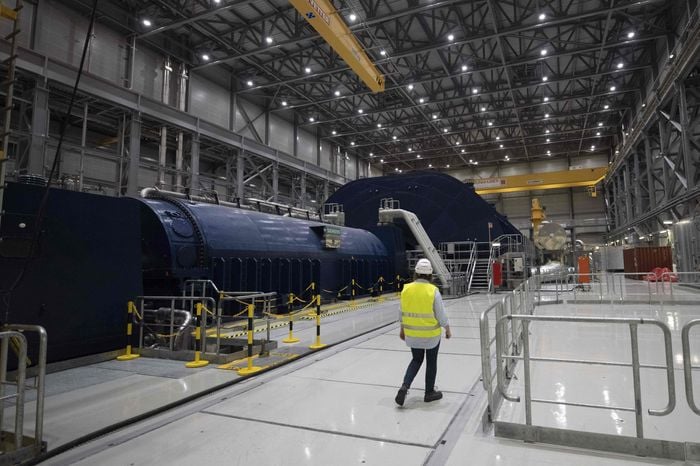
Finland begins regular electricity production at Europe's largest nuclear reactor
In Europe, although many nuclear plants have closed in recent years, many new ones are opening in Germany and Finland. In April, Finland began regular electricity production at Europe's largest nuclear reactor, with the ambition of providing a third of the country's electricity. Last November, Poland also selected the US company Westinghouse to build its first nuclear power plant, which is expected to consist of three reactors and cost about $20 billion.
Industry experts say there is a wave of interest in building new reactors, particularly in Eastern Europe. There is likely to be a market for new reactors with smaller modules than usual.
Source link


![[Photo] Hanoi morning of October 1: Prolonged flooding, people wade to work](https://vphoto.vietnam.vn/thumb/1200x675/vietnam/resource/IMAGE/2025/10/1/189be28938e3493fa26b2938efa2059e)







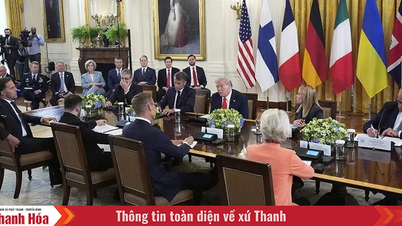

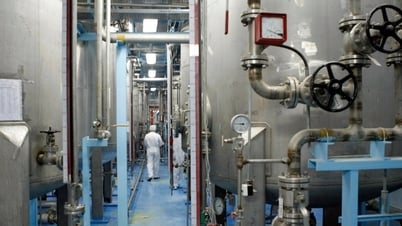




















![[Photo] President Luong Cuong receives President of the Cuban National Assembly Esteban Lazo Hernandez](https://vphoto.vietnam.vn/thumb/1200x675/vietnam/resource/IMAGE/2025/9/30/4d38932911c24f6ea1936252bd5427fa)
![[Photo] Panorama of the cable-stayed bridge, the final bottleneck of the Ben Luc-Long Thanh expressway](https://vphoto.vietnam.vn/thumb/1200x675/vietnam/resource/IMAGE/2025/9/30/391fdf21025541d6b2f092e49a17243f)
![[Photo] The 1st Congress of Phu Tho Provincial Party Committee, term 2025-2030](https://vphoto.vietnam.vn/thumb/1200x675/vietnam/resource/IMAGE/2025/9/30/1507da06216649bba8a1ce6251816820)




















































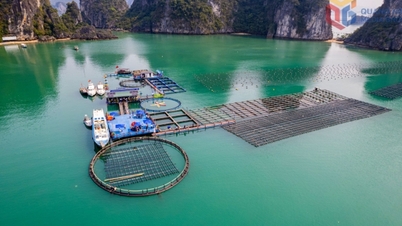















Comment (0)